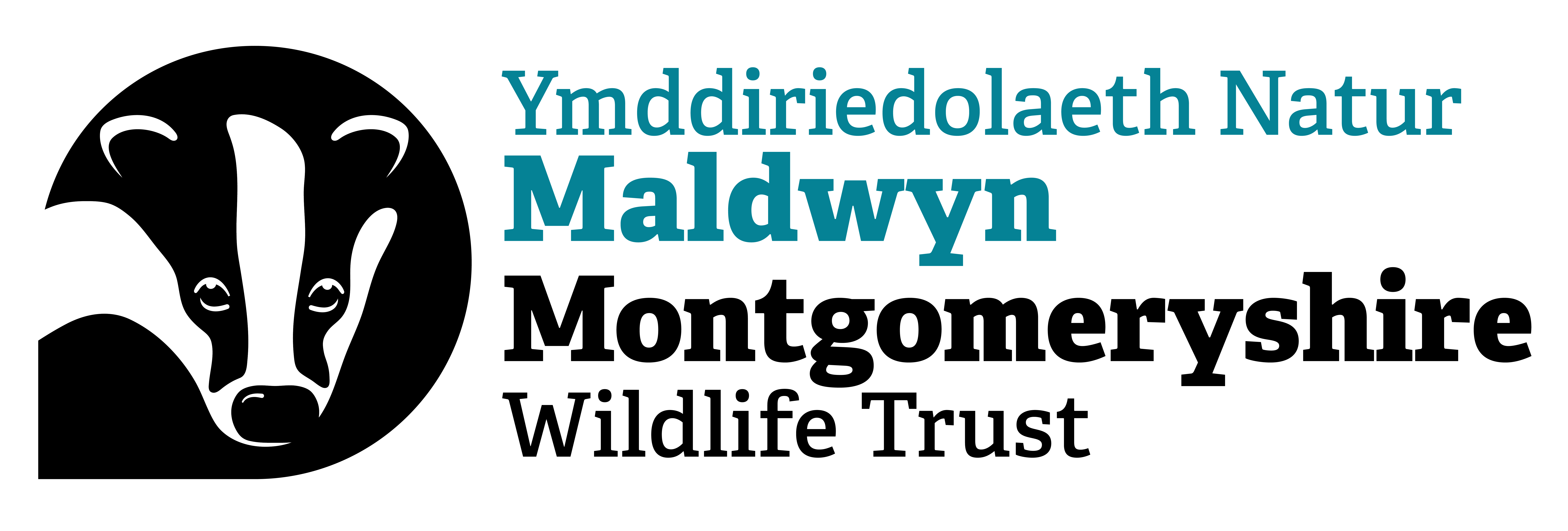Search
Chwilio
Join us
Online Shop
Marmalade fly
Our most common hoverfly, the marmalade fly is orange with black bands across its body. It feeds on flowers like tansy, ragwort and cow parsley in gardens, hedgerows, parks and woodlands.
Southern wood ant
The most common wood ant is the southern wood Ant, or 'red wood ant', which is found in England and Wales. An aggressive predator, it plays a vital pest control role in our woodlands.…
What are net zero pathways, and why are they needed?
Achieving net zero is essential to combating climate change. Eleanor Johnston, Wildlife Trusts Climate Change Manager, explains what a net zero pathway is and gives an insight into the work The…
Mud
From vast plains spreading across the seabed to intertidal flats exposed by the low tide, mud supports an incredible variety of wildlife.
Bluebell
In April and May, our ancient woodlands are awash with the much-loved, nodding heads of the bluebell. Millions of bulbs can exist in just one wood, giving rise to the 'blue carpets' that…
Lords-and-ladies
Look for the unusual flowers of lords-and-ladies in spring woodlands: a pale green sheath surrounds a spike of tiny, yellow flowers. This spike eventually forms a familiar, short stalk of striking…
Marsh marigold
The large, golden flowers of marsh-marigold look like the cups of kings, hence its other name: 'kingcup'. It favours damp spots, like ponds, meadows, marshes, ditches and wet woodlands…
Herb-paris
Herb-Paris has four oval leaves set in a cross, with an understated crown of yellow-green flowers rising from the middle. This makes it quite a distinctive plant of ancient and damp woodlands on…
Hop
Well-known for its role in making beer, Hop is a climbing plant that can be seen in woodlands and along hedgerows and field edges. Its female flowers bear the cone-like fruit that is used in beer…
